People enjoy flavors in all kinds of ways. Some love sharp, tangy bites, while others can’t resist something rich and sweet. But what if you could make foods taste sweeter without adding a spoonful of sugar? That’s where certain healthy berries come in. These little fruits contain special compounds that interact with our taste buds, changing how we perceive flavor — so a sour lime or bitter snack can suddenly taste surprisingly sweet. The food itself stays the same, but your taste experience shifts. If you’re curious which berries can pull off this tasty trick, here are the top 5.
1. Miracle Fruit (Synsepalum dulcificum)
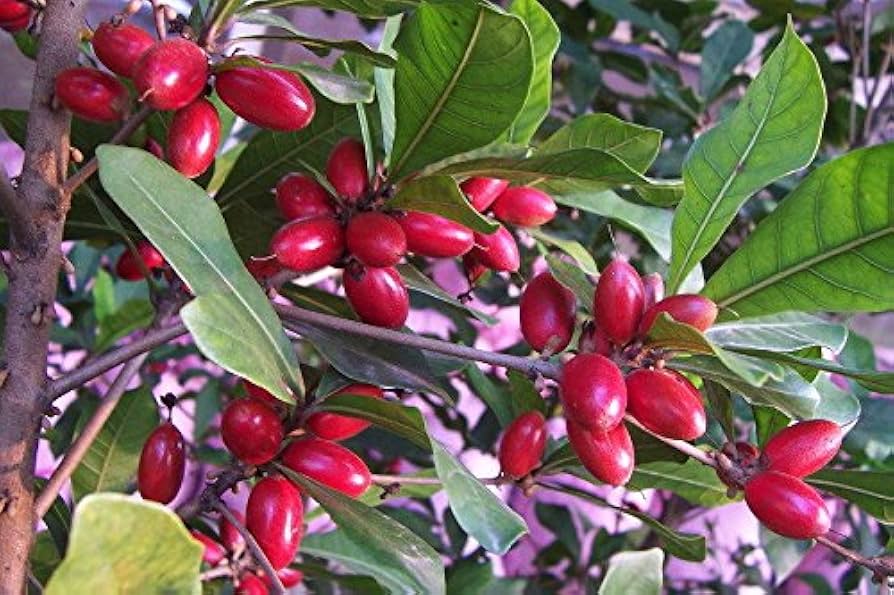
The Miracle Fruit from West Africa is famous for making tangy or sour foods taste sweet without adding any sugar. The berry itself isn’t very sweet, but it contains a natural compound called miraculin that changes how your taste buds work. After eating one, sour foods like lemons or vinegar can taste like candy for up to two hours. The plant is a glossy-leaved evergreen shrub that loves warm, humid weather, and its bright red berries bring a fun, surprising twist to the way you experience flavor.
2. Serendipity Berry (Dioscoreophyllum volkensii)
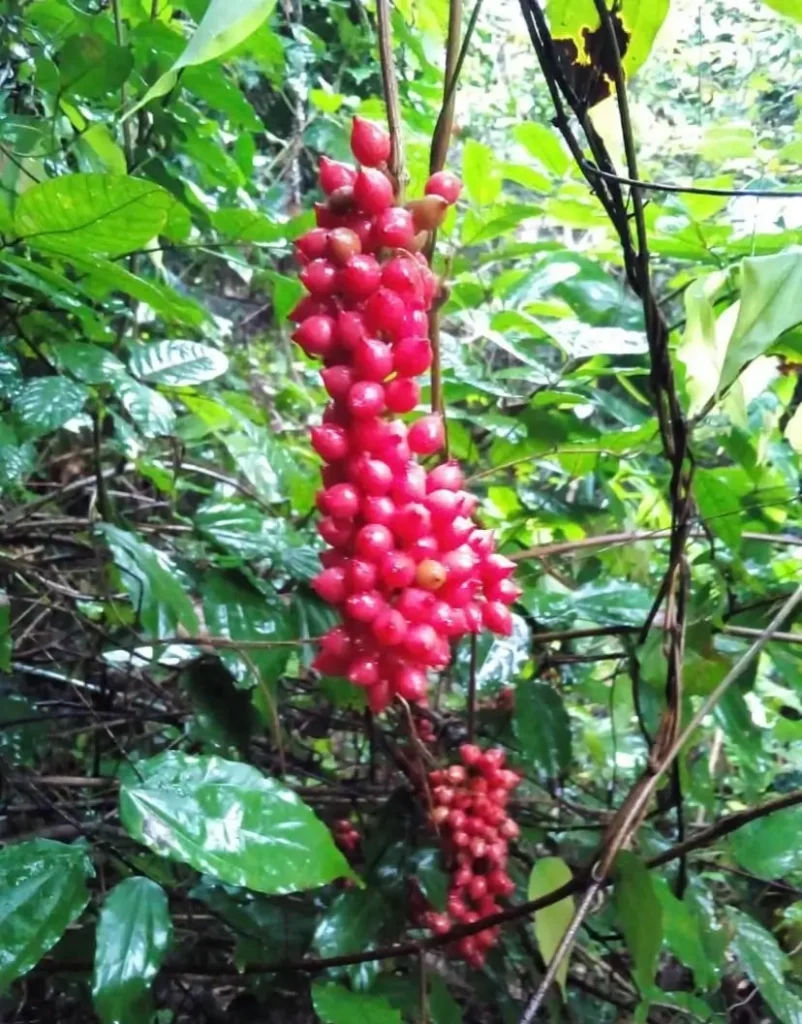
The Serendipity Berry is a tropical African vine whose fruit contains monellin, a natural protein that makes it incredibly sweet — about 3,000 times sweeter than sugar by weight. Despite this intense sweetness, it’s low in carbohydrates, making it a potential sugar substitute. The small red drupes have a soft, jelly-like pulp that can keep its sweetness for weeks without spoiling. Found in warm lowland rainforests, this climbing plant winds through other vegetation, offering a taste experience so sweet it feels almost magical.
3. Oubli Berry (Pentadiplandra brazzeana)
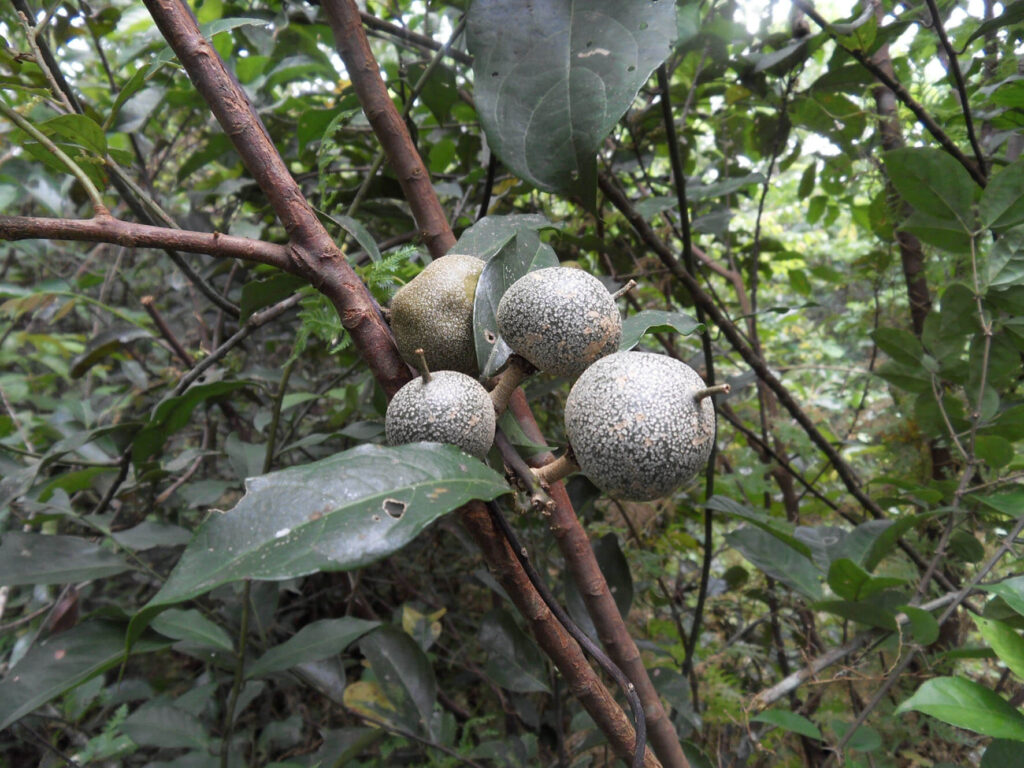
Native to West-Central Africa, the Oubli Berry is a bright red fruit known for its natural sweetness, thanks to a protein called brazzein — many times sweeter than sugar but low in calories. Locals enjoy the berries fresh, especially children, and use the pulp to sweeten maize porridge. Beyond its sweet taste, the plant’s leaves, roots, and tubers also have traditional uses, making it both a treat and a resource in the communities where it grows.
4. Lemba (Curculigo latifolia)
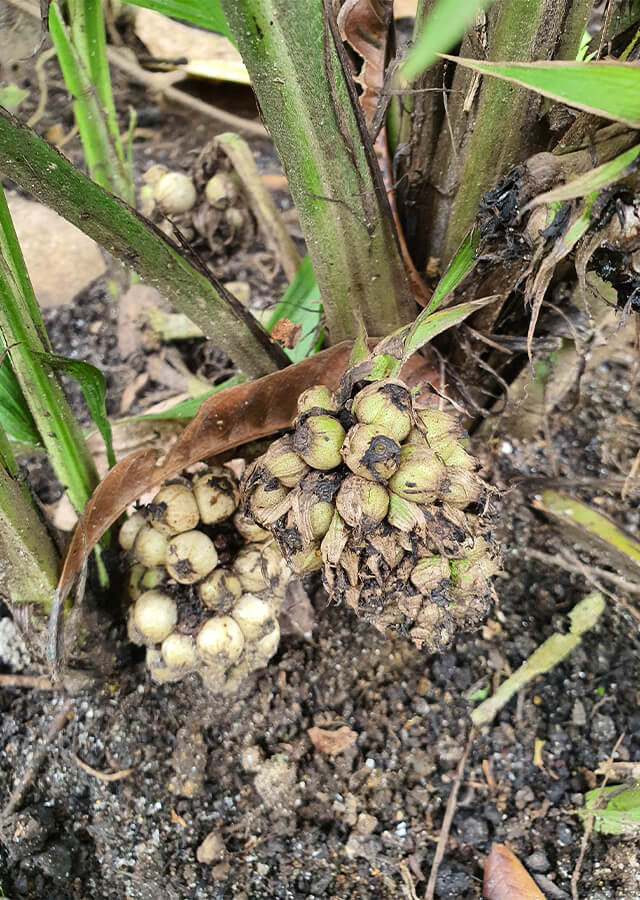
Found across Southeast Asia, the Lemba is a small oval berry with white pulp that tastes a bit like dragon fruit — but with a surprising twist. Thanks to a protein called curculin, eating it can make sour or acidic foods taste sweet, much like the miracle berry. Beyond its unique flavor effect, Lemba has a long history in ftraditional medicine, where different parts of the plant are used for cough relief, digestive and kidney support, and more. Its leaves also provide strong natural fibers for making nets, ropes, and cloth. Although fresh fruit is rare in markets, it can be grown in tropical gardens, producing its first crop in about two to three years.
5. Katemfe Fruit (Thaumatococcus daniellii)
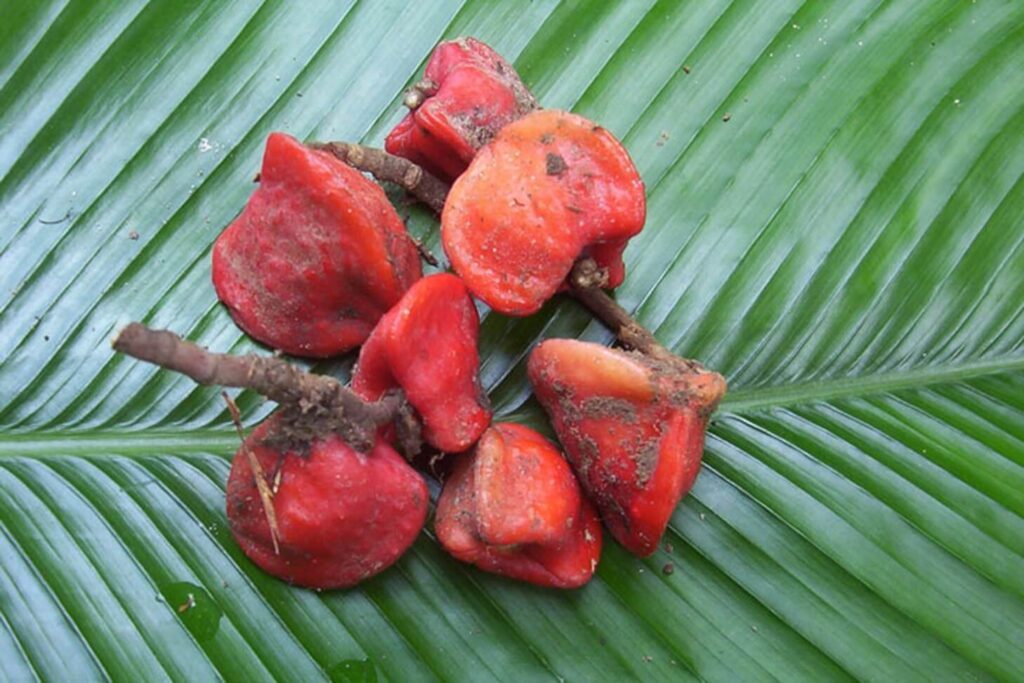
Katemfe, or the “miraculous fruit of Sudan,” grows in West African rainforests. Its red, triangular fruit has a sweet, fleshy covering (aril) that contains thaumatin—a natural protein up to 3,000 times sweeter than sugar. Locals use it to sweeten bread, palm wine, and sour foods, and it’s also used in traditional medicine for coughs and digestion. Thaumatin has a slow, lingering sweetness with a hint of licorice and is considered safe to eat. In the U.S., it’s approved as a flavor enhancer.
CAUTION: While these natural sweeteners can be fascinating and fun to try, they’re not always widely available or well-regulated, so it’s best to use them in moderation and be mindful of any possible effects on your health.
